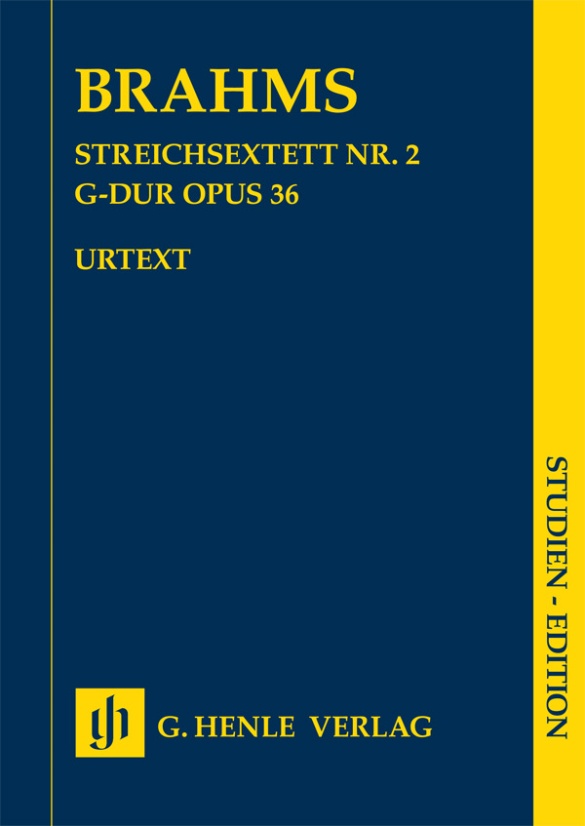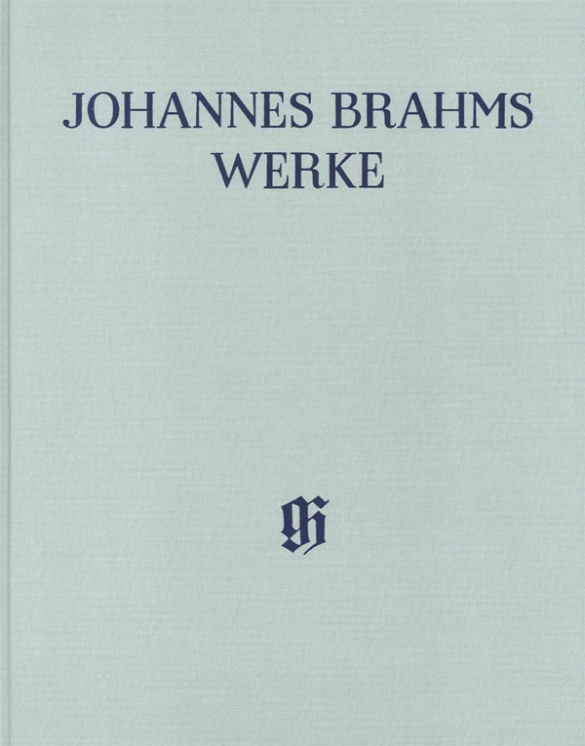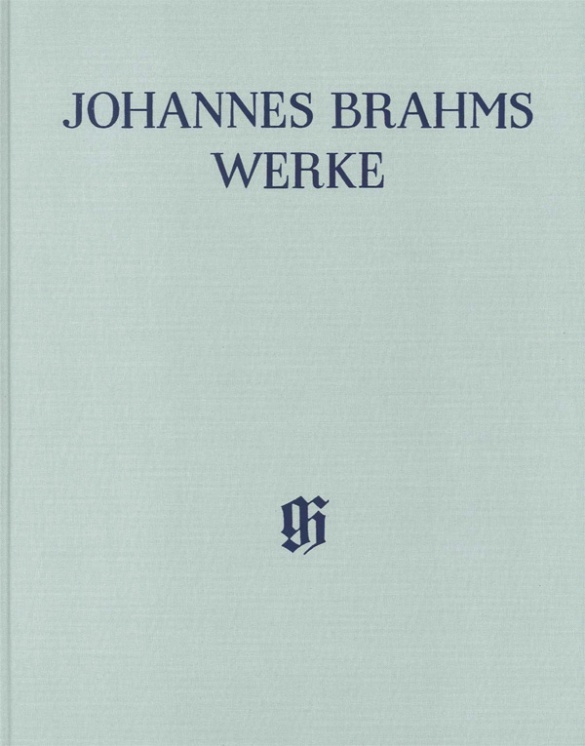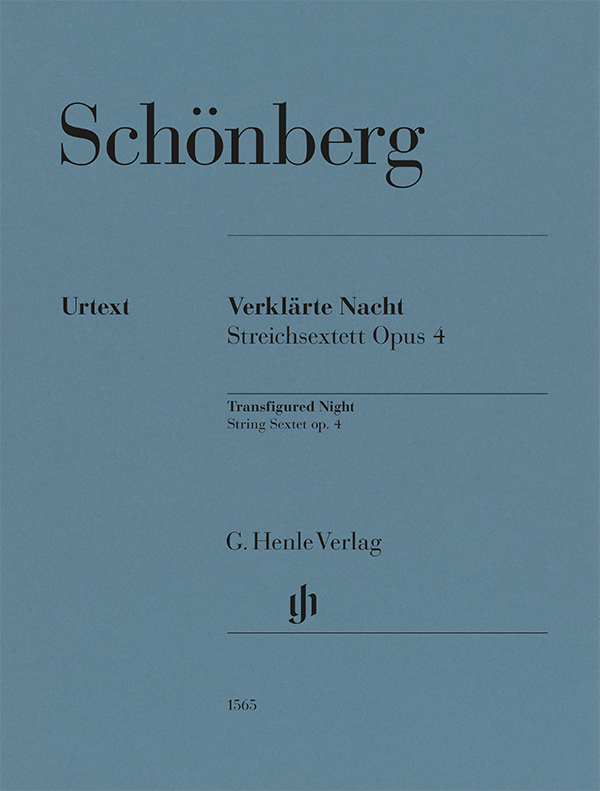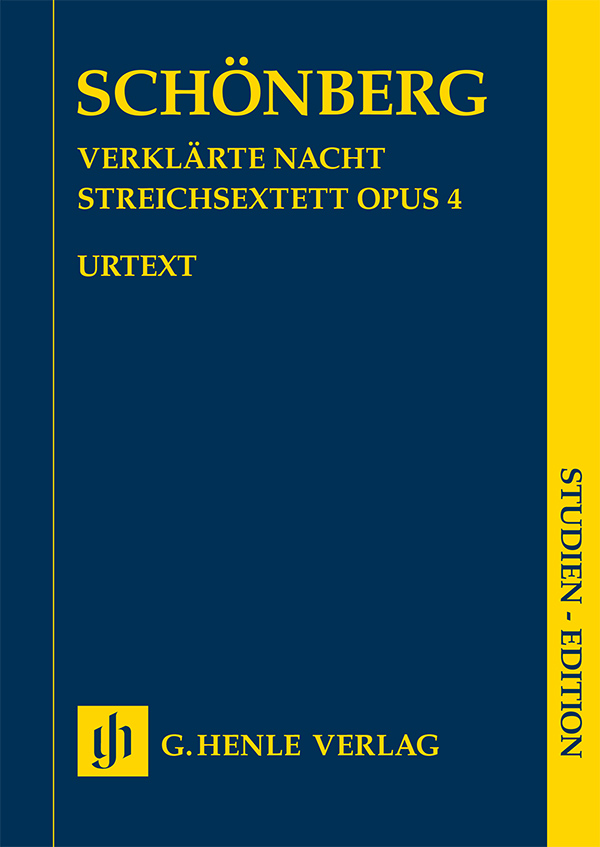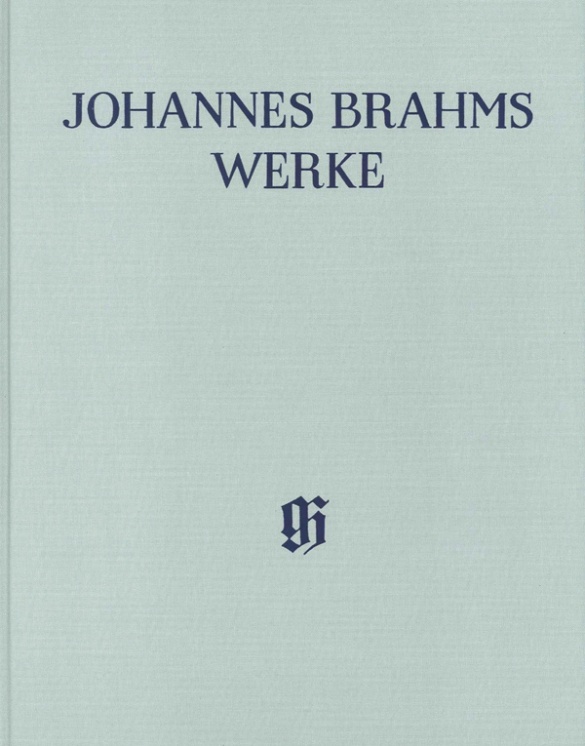Johannes Brahms
String Sextet no. 2 in G major op. 36
Brahms’s First String Sextet became very popular after its publication in 1861, yet his publisher Simrock still hesitated when the composer offered him a second such work in 1865, “in the same cheerful mood”. So Brahms made overtures to other publishers, but then Simrock finally agreed to take it on. The critics were initially rather sceptical towards this Sextet op. 36, but Brahms’s friends thoroughly approved of it. Clara Schumann praised its accomplished motivic work, while others enthused about its magical sound colours. This practical edition by Katrin Eich, based on the Brahms Complete Edition, now offers performers the opportunity to form their own opinion, whether in performance or by perusing our study edition. The parts include player-friendly cue notes and have excellent page-turns.
内容/詳細
作曲家について
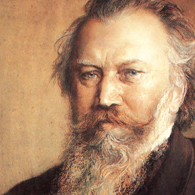
Johannes Brahms
His significant output comprises chamber music, piano works, numerous choral compositions and songs (including settings of folk-song lyrics), as well as large-scale orchestral works in the 1870s and 1880s. His compositions are characterized by the process of developing variation. He is considered an antithesis to the New German School around Liszt, and an advocate of “absolute” music.
| 1833 | Born in Hamburg on May 7, the son of a musician. His first piano instruction with Willibald Cossel at age seven, then with Eduard Marxen; first public performances from 1843. |
| 1853 | Concert tour through German cities; he meets Schumann, who announces him as the next great composer in his essay “Neue Bahnen” (“New Paths”). A lifelong, intimate friendship develops with Clara Schumann. |
| 1854–57 | Piano Concerto No. 1 in D minor, Op. 15. |
| 1857–59 | Choir director, pianist, and teacher at the royal court in Detmold. |
| 1859–61 | Director of the Hamburg Women’s Choir. |
| 1860 | Manifesto against the New Germans around Liszt. |
| 1863 | Cantata “Rinaldo,” Op. 50. |
| 1863–64 | Director of the Wiener Singakademie. |
| 1868 | Partial performance in Vienna of “A German Requiem,” Op. 45 (the complete work premiered in Leipzig in 1869) |
| 1871–74 | Artistic director of the Gesellschaft der Musikfreunde (Society of Friends of Music) in Vienna. |
| 1873 | Haydn Variations, Op. 56a, for orchestra. |
| from 1877 | His symphonic output begins with the Symphony No. 1 in C minor, Op. 68 (begun 1862); composition of the Symphony No. 2 in D major, Op. 73; the Symphony No. 3 in F major, Op. 90 (1883); and Symphony No. 4 in E minor, Op. 98 (1884–85): cantabile themes, chamber-music-like style. |
| from 1878 | Travels in Italy. |
| 1878 | Violin Concerto in D major, Op. 77, for Joseph Joachim. |
| 1881 | Piano Concerto No. 2 in B-flat major, Op. 83, with a scherzo movement. |
| 1886 | Honorary president of Vienna’s Tonkünstlerverein (Association of Musicians). |
| 1897 | Four Serious Songs, Op. 121. Dies in Vienna on April 3. |
製品安全に関する情報

G. Henle Verlag
製品の製造元に関する情報はこちらでご覧いただけます。G. Henle Verlag
Forstenrieder Allee 122
81476 München
info@henle.de
www.henle.com
... Ausgewogenheit also in jedem Aspekt. Das wird bereits durch einen Blick in die Studienpartitur deutlich, die Katrin Eich im Henle-Verlag auf Basis des Urtexts herausgegeben hat. Das Notenbild ist so transparent, wie man es von der gehörten Musik her erwarten würde. Der Eindruck, Johannes Brahms hätte in seinem Opus 36 nicht eine Note zu viel komponiert, wird hier nachdrücklich verstärkt.
das Orchester, 2019おすすめ
autogenerated_cross_selling
このタイトルを含む他の版
このタイトルを含む他の版


